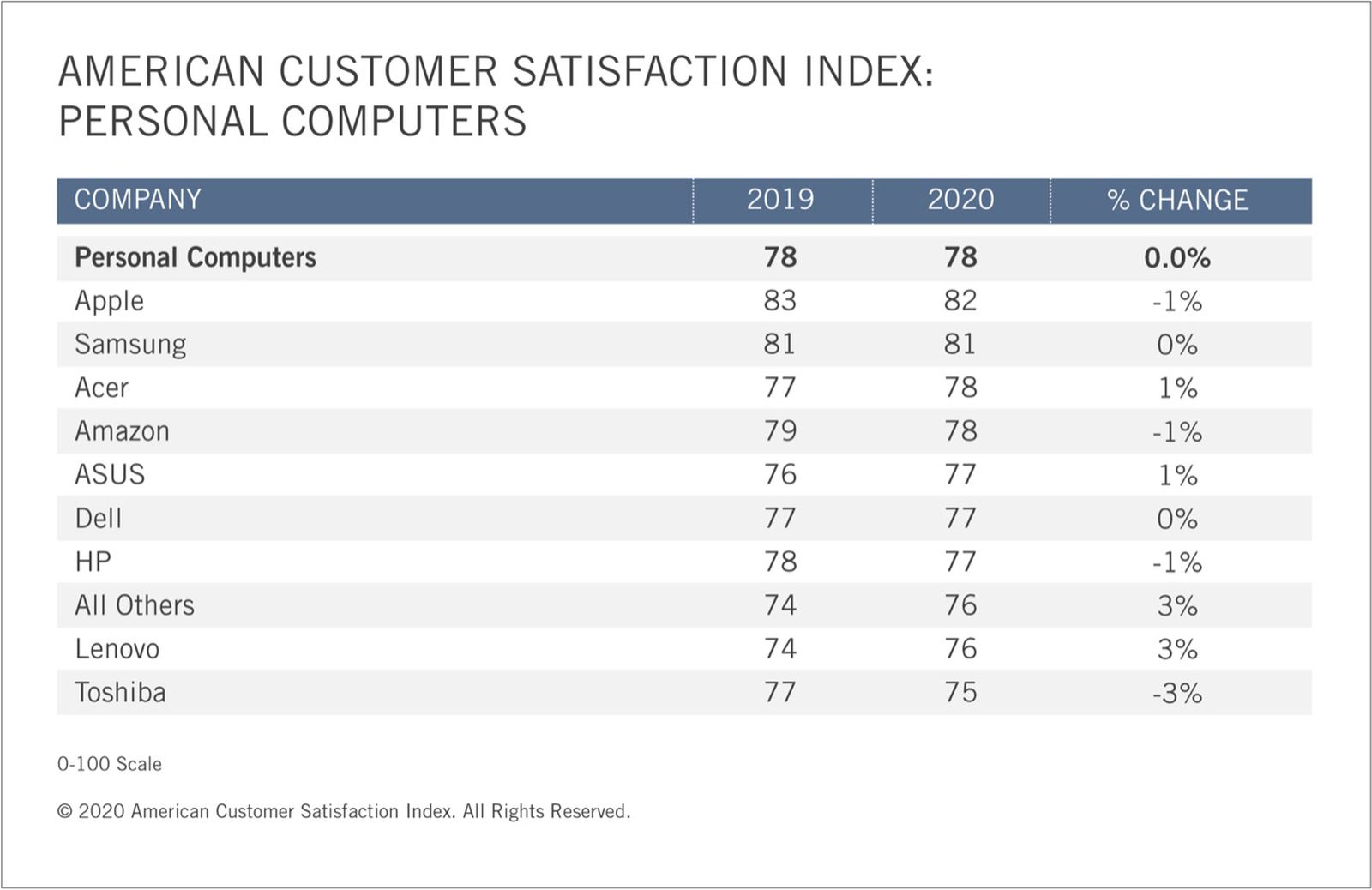There are several problems with this idea, but the most obvious is that it isn't 'Apple and Microsoft' when it comes to physical devices, it's Apple on one side, and about 100 manufacturers on the other. Microsoft control a tiny segment of Windows hardware, whereas Dell, HP, Asus, Acer, Lenovo.... well, add your choice... all build their own systems on which the OS runs. The principle of the idea is basically sound, but it would mean that I'd have to get permission from a dozen manufacturers to service their hardware which my business has already bought and own.That is exactly where M/soft and Apple have made a mistake, it is not a huge leap of design to have 2 grades of devices, Enterprise and Consumer, with Enterprise, you have the T chip or whatever it is called, that is controlling security for thumbnail scans, face id, etc, in the consumer this is not as effective...
With Enterprise, it is what it says on the tin, you have a licence from Apple/Msoft etc that allows system administrators that have been vetted by Apple/Msoft access to the code at a deeper level to control access to devices owned/leased by the enterprise..
This would allow for replacing parts, internally to the enterprise, you send them your faulty laptop, and in a day or 2, it is repaired, parts that need replacing can be "authorized" via the Enterprise licence via a dedicated secure system from Apple/Msoft etc..
For consumers, you would have to take the device to the istore, pay a $99 access fee, the device is repaired, or the device repaired by a licenced 3rd party that has paid to be on the authorization system in countries that lack Valid Apple/Msoft Offical Presence..
The issues can be solved, it creates jobs, it makes the brands better, saves on e-waste, I would love so much to re-activate my ipad with some version of linux, so I have a calendar/ basic video editing app, VLC video player, instead of it sitting rotting.. I just don't know enough about linux, and that what is on the utube is so confusing..
Given I've been hardware servicing computers for 40 years, that might not be difficult permission to obtain, but what of a less experienced technician? Having a manufacturer control the right of access to the system internally isn't really the way you could reasonably do it.
There's another issue too, which actually goes right back to the reason Steve Jobs moved the original concept of the Mac from the 'open' hardware architecture of the Apple II and III, to the 'closed' concept we actually got in 1984. It is a large part of why he was keen on the 'computing appliance' philosophy, where the user got the box, plugged it in, used it, and never went inside it.
His experience of the systems designed by Woz, according to the lead industrial designer for the original Mac, was that with those systems, where the user added a card, or RAM, or a 3-rd party display, or a disk drive, when anything went wrong, it was 'Apple that got the call'. When it was an Apple component that was at fault this is fine, but open architecture means that system failures may, and often didn't, have anything to do with Apple-built equipment. Yet it cost Apple time and resources to troubleshoot and sometimes even repair what wasn't their responsibility.
In his mind, closing the architecture was how you solve this. And while Apple opened the architecture up after he'd gone, it began working to close it back down again - notably on consumer devices much more than enterprise ones - once he returned.
The philosophy there is, I think, right. Consumers are the tinkerers, enterprise are not. The problem is that Apple don't do much in the enterprise space any longer, and have ceded much of that ground for reasons we can only guess or assume, but are certainly related to the fact that these markets have become increasingly served by the same level of systems. It doesn't given them a great deal of motive to invest in the design and fulfillment of 'pro' level systems when (performance wise) the consumer level stuff they do make can outperform most pro-level user needs - even if not at the base configurations.
In that respect they'd be right. You could take an M1 or M3 iMac, and put it on the desk of almost anyone in 'the enterprise', and it would outperform their needs by a wide margin. Not a shock since our hardware needs are generally not hard to meet in real with even 5-10 year-old systems - which is why software lurches forward at 3, 4 or even 5 year cycles.
When you look at how the computer industry has stabilized in the last few years, I think a lot of manufacturers are more worried about their survival when demand for product is reducing. I don't think they'd see a business advantage in more specialist segmentation when in real terms it looks like greater 'commodification' is likely to work rather better (for them).







